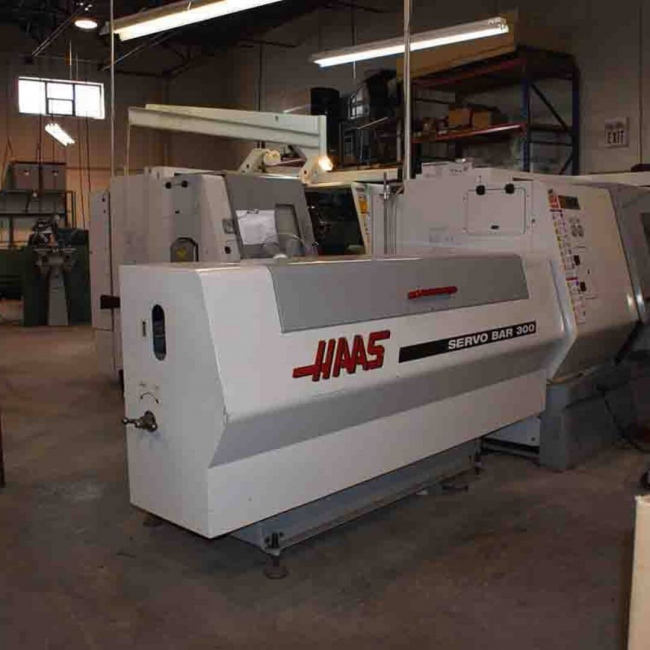
Understanding the components of a CNC table is crucial for anyone involved in machining. Whether you're an operator, programmer, or even just someone curious about the inner workings of these machines, having knowledge about CNC table parts can greatly benefit you. By understanding the various components and their functions, you gain insight into how each piece contributes to the overall performance of the machine. This knowledge allows you to identify potential issues more easily and make necessary adjustments or repairs as needed.
These elements provide the foundation for the entire machine, ensuring stability and precision in every operation. The base of a CNC table serves as its support structure, typically made from heavy-duty materials like cast iron or steel. The frame components play a vital role in supporting various moving parts of the CNC table. Both the base and frame components require careful design and construction to meet specific requirements such as weight capacity, dimensional stability, and resistance to environmental factors like temperature variations or moisture.
The table itself serves as the foundation for mounting various workpieces during the machining process. It is typically made from durable materials like cast iron or steel to ensure rigidity and minimize vibrations. The surface of the table may be machined to have T-slots, which are essential for attaching clamps or fixtures securely. Workholding components such as vises, clamps, and fixtures are used to secure the workpiece on the table firmly.
These systems allow for the smooth and accurate positioning of the cutting tool or workpiece. One important element is the guide rail or linear guide. This provides a stable track for the carriage to move along, ensuring minimal friction and maintaining precise alignment.
Drive systems are responsible for driving and controlling the motion of the machine, allowing for accurate positioning and rapid speeds.
The control and feedback systems play an integral role in ensuring smooth operation and accurate machining. These systems consist of electronic components, such as controllers, sensors, encoders, and software interfaces. They work together to provide real-time monitoring, precise positioning, speed control, error detection, and overall system coordination.
RWD Tool & Machine Ltd. is a renowned CNC machining shop. Speak to us today for seamless service.